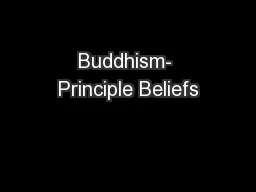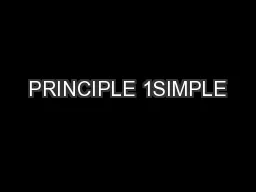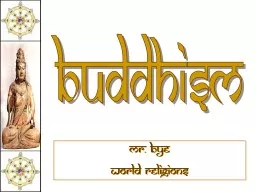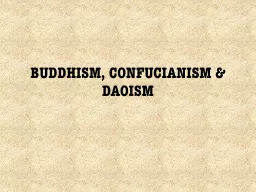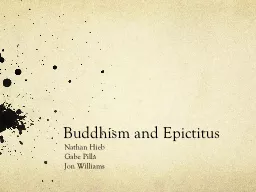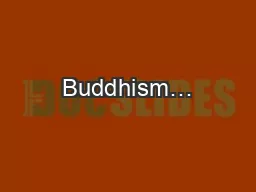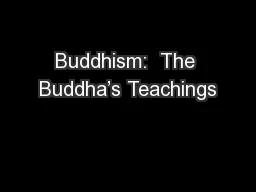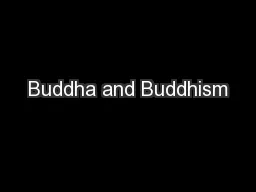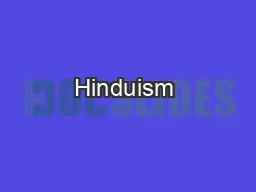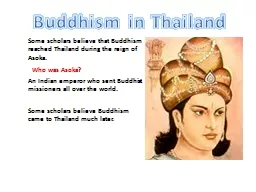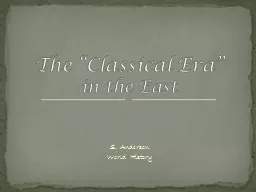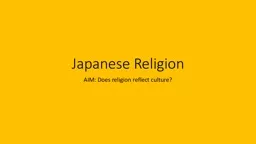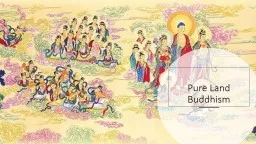PPT-Buddhism- Principle Beliefs
Author : alexa-scheidler | Published Date : 2016-04-05
Year 11 SOR Syllabus Principle Beliefs The Three Jewels Buddha Dharma Sangha The Four Noble Truths The Marks of Existence Karma Samsara Nirvana The Three Jewels
Presentation Embed Code
Download Presentation
Download Presentation The PPT/PDF document "Buddhism- Principle Beliefs" is the property of its rightful owner. Permission is granted to download and print the materials on this website for personal, non-commercial use only, and to display it on your personal computer provided you do not modify the materials and that you retain all copyright notices contained in the materials. By downloading content from our website, you accept the terms of this agreement.
Buddhism- Principle Beliefs: Transcript
Download Rules Of Document
"Buddhism- Principle Beliefs"The content belongs to its owner. You may download and print it for personal use, without modification, and keep all copyright notices. By downloading, you agree to these terms.
Related Documents

